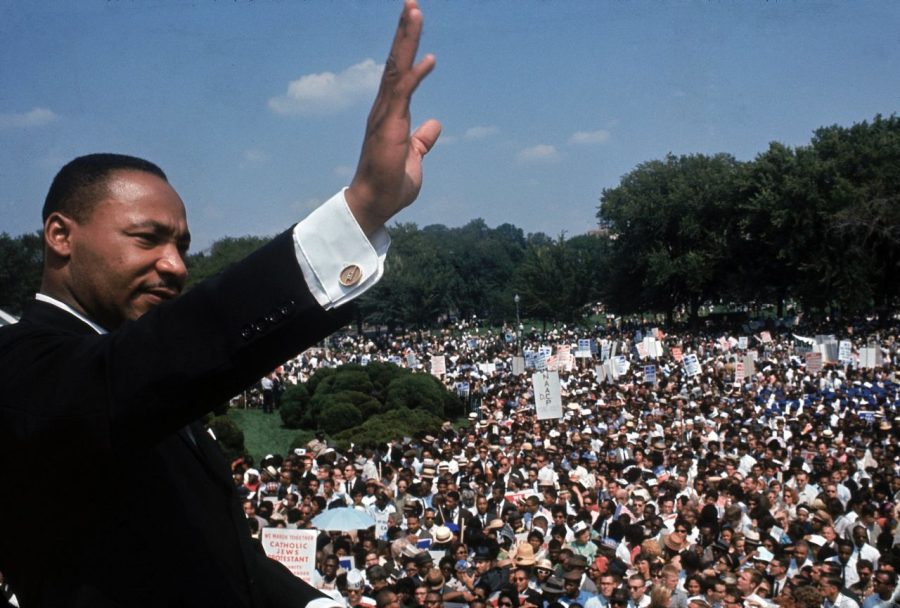 The first of January will no doubt mark a spike in gym memberships, shorter lines at fast food drive-throughs and less crowded shopping malls. The tradition of setting New Year’s resolutions will be well underway, with about half of American adults pledging to change their ways. The history of New Year’s resolutions dates back to Babylonian times, its creation in honor of the Janus, the Roman god of transitions and beginnings. Having two faces, Janus is able to simultaneously look back at the old year and forward into the new. Early participators usually centered their resolutions around their morals; today, however, the most popular promises tend to be related to exercise, weight, smoking and spending habits.
The first of January will no doubt mark a spike in gym memberships, shorter lines at fast food drive-throughs and less crowded shopping malls. The tradition of setting New Year’s resolutions will be well underway, with about half of American adults pledging to change their ways. The history of New Year’s resolutions dates back to Babylonian times, its creation in honor of the Janus, the Roman god of transitions and beginnings. Having two faces, Janus is able to simultaneously look back at the old year and forward into the new. Early participators usually centered their resolutions around their morals; today, however, the most popular promises tend to be related to exercise, weight, smoking and spending habits.
“Even though I don’t keep some of my resolutions, they help me look at the previous decisions I’ve made and fix or improve on my choices,” senior Elise Howard said.
Though resolutions originate from good intentions and a desire to change for the better, the vast majority of resolutions made end in failure. When the prefrontal cortex, the area of the brain believed to be in control of resolutions, becomes overloaded, it becomes easier to submit to temptations. People also tend to set impractical goals or give up the first time they violate the terms of their resolution.
“Make realistic commitments,” psychology teacher Walter Evarts said. “Make specific commitments. Then translate these commitments into permanent behavior changes.”
Past studies show that, even if one is able to maintain the changes in their behavior, the degree of permanence is small. Only 40% of people are able to keep their resolution past six months, and in 2008, statistics revealed that 35% were not able to even begin alterations to their habits. An overall 88% failure rate demonstrates the rarity of success.
“I think it’s a good way to see how responsible you are,” junior James Lee said. “It shows whether you can really keep your word or not.”








